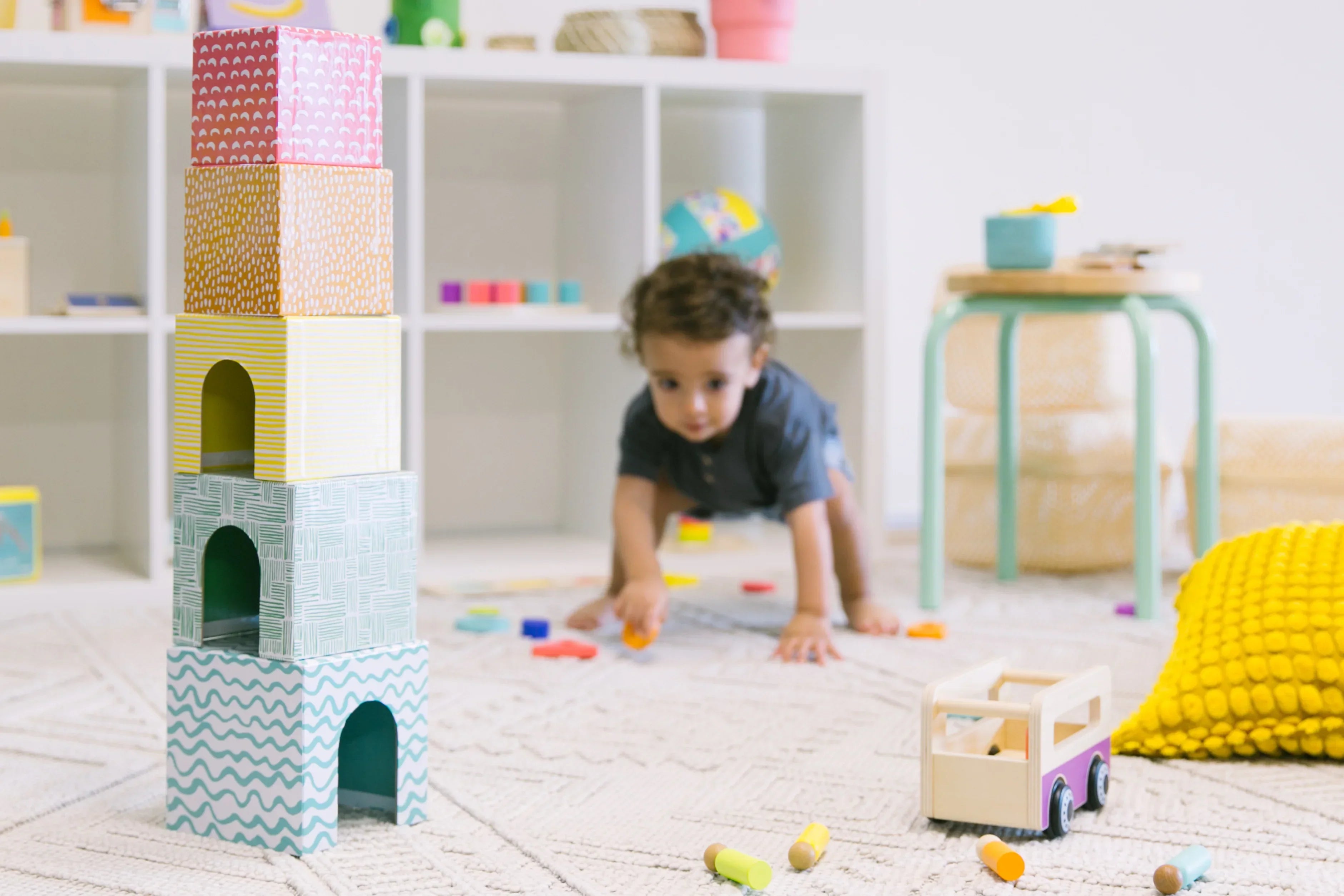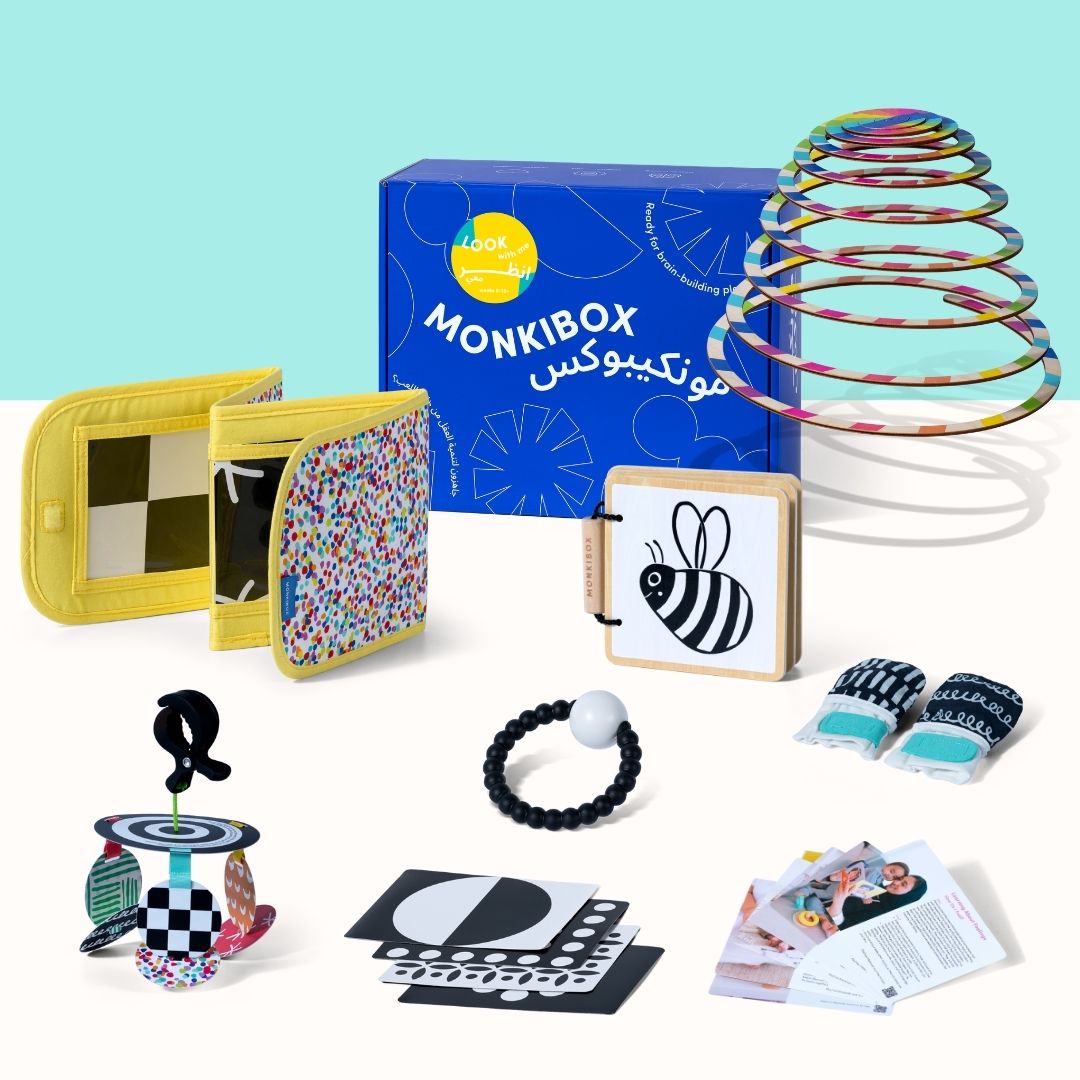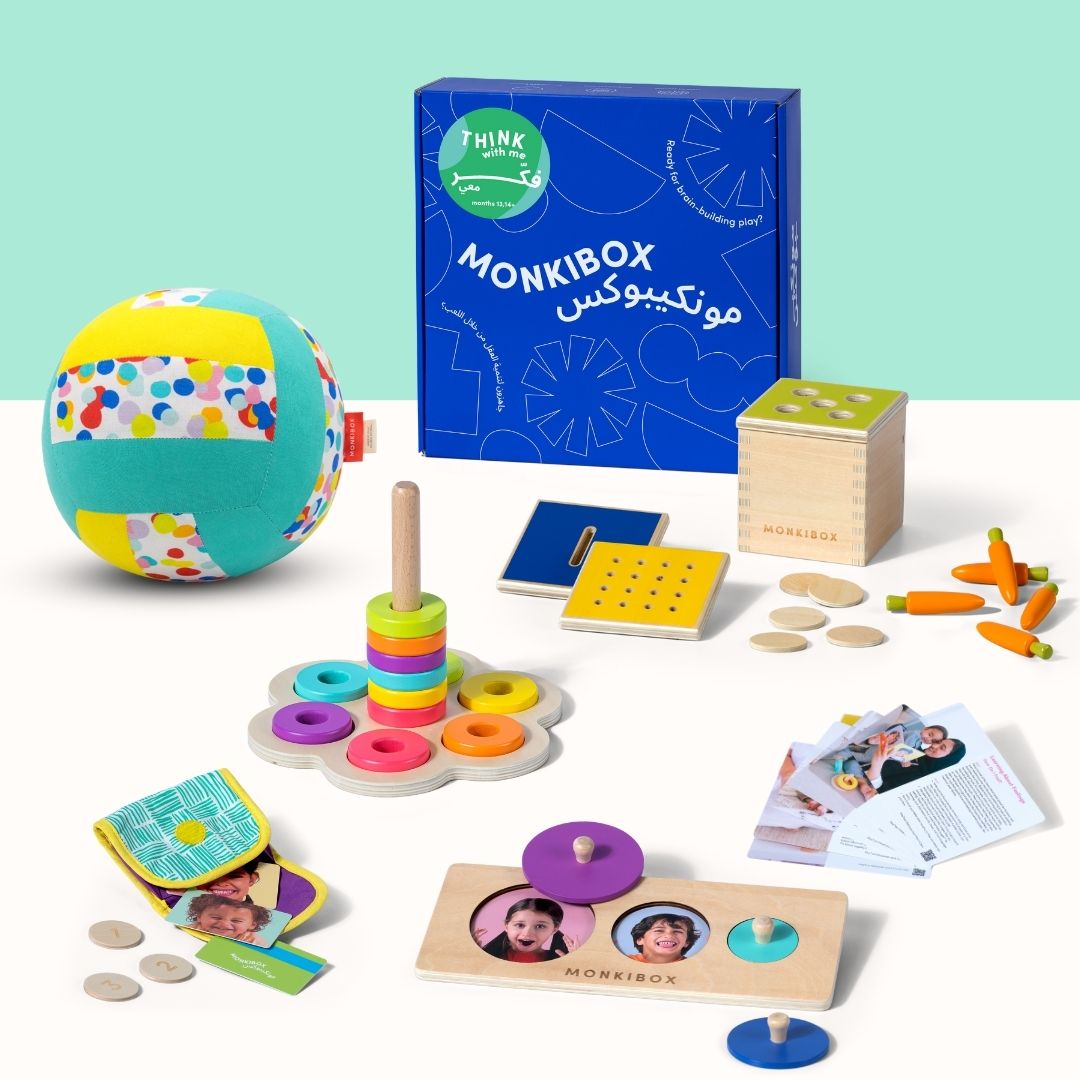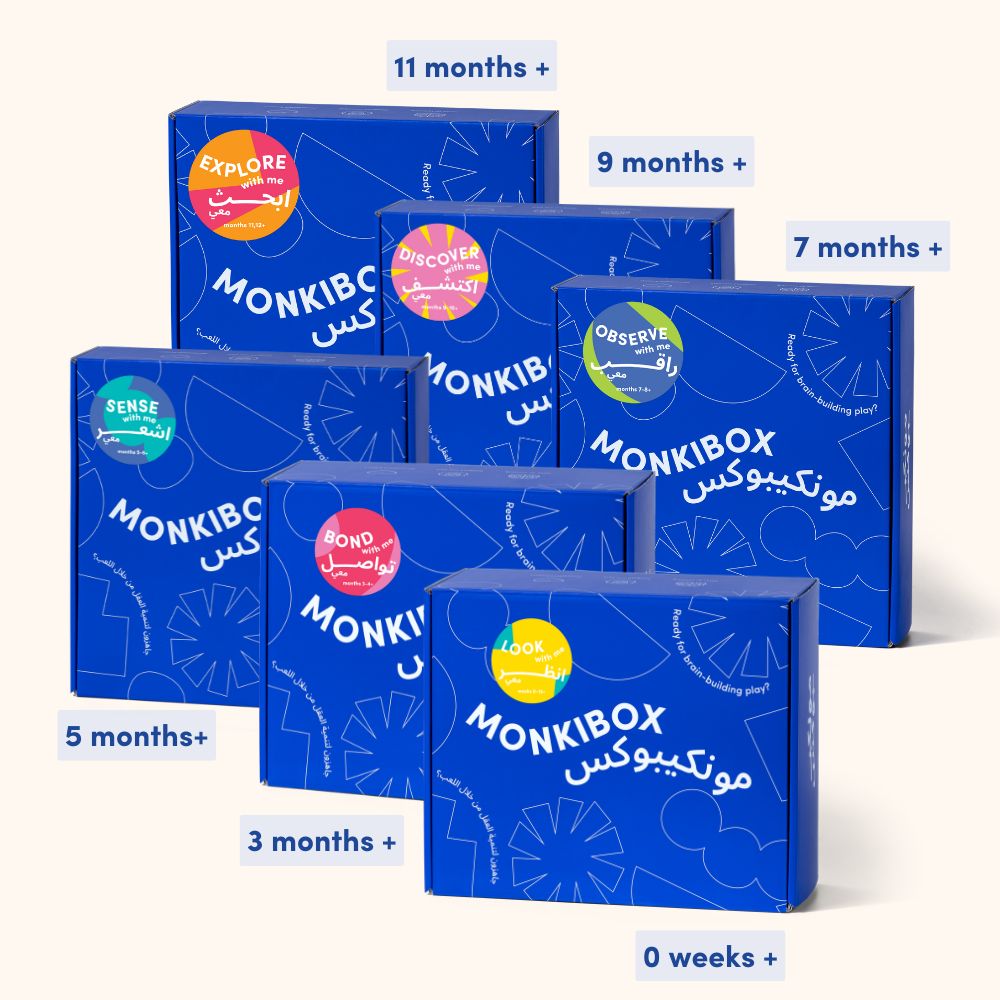In one of our most popular blog articles, we wondered whether 10,000 hours are vital to master a new skill. Our young babies certainly do not have the patience to try something new for that long, but they are eager to learn through repetition.
These repetitive actions are what child development experts refer to as schemas, or more specifically, Play Schemata. Schemas are simply a set of instructions we follow to complete a task. These instructions are the most efficient way for our little ones to achieve a goal, so they will repeatedly try something until they understand how it works.
Picking up a dropped toy for the hundredth time can be frustrating, but knowing that your baby is making massive mental leaps through this type of play does help you feel a little more at ease.
There are typically eight schemas. They can come and go at any stage and often overlap. We decided to break them into two groups - Movement and Placement. You can read more about Movement related schemas here.
Below are the four “Placement” Play Schemas and ideas for supporting your baby.
You can find the blog post on Movement Schemas here.
Connecting Schema
The need to build and connect items is usually a schema that becomes pronounced after your baby’s first birthday as your baby develops the fine motor skills to stack blocks, put large building blocks together or even build a train track. Connecting also means disconnecting, so don’t be surprised if your baby becomes curious about taking things apart, too.
What are they learning?
Examining how things come together and apart, fine motor skills, cause and effect and spatial awareness.
Key words to support the Connecting schema
Build, construct, join, separate, open, close, together, apart.
Connecting / Disconnecting schema activities
- Stacking blocks
- Making paper chains
- Threading large beads or playing with a wooden stacker
- Lego, Duplo or jumbo building blocks
- Building a track (a wooden train track or simply pieces of cardboard)
- BONUS: Some babies find that holding hands satisfy their need to understand the connection
Enveloping Schema
Does your baby want to put on multiple layers of clothes or cover themselves with blankets? Or do they climb under pillows and into boxes? They might be exploring the enveloping schema.
As part of this schema, your baby is trying to understand what happens if they wrap or hide objects. Can I still see it? Can I feel it? Is it still there when I open or unwrap it?
What are they learning?
Object permanence, fine and gross motor skills, problem-solving, visual tracking, and spatial awareness.
Key words to support the Enveloping schema
Above / Below, Visible, / Invisible, Transparent, Wrap / Unwrap
Enveloping schema activities
- Use posting toys, nesting toys or shape sorters
- Wrap up baby dolls in blankets
- Use everyday objects such as pegs, curtain rings, keys and fir cones to wrap, hide and fill containers and bags.
- Dress up with scarves, hats and bits of material.
Enclosing Schema
Closely related to the enveloping schema, the enclosing schema creates boundaries.
Is your toddler building fences or enclosures for toys? Or are they arranging all their toys around them? These are all signs that your baby is an encloser.
When young children enclose, they learn that their space can be contained and how objects can be contained. Like all schema play, the development of the enclosing schema happens naturally. But if you know to look out for it, you can provide opportunities to practice and improve.
What are they learning?
Building pre-math skills while planning their enclosures (measuring, predicting), fine and gross motor skills, object permanence.
Key words to support the Enclosing schema
Wrap, Contain, Inside / Outside, Boundary, Edge, Entrance / Exit
Enclosing schema activities
- Play with tents, tunnels and cardboard boxes.
- Play hide and seek.
- Make dens with blankets or bits of material.
Positioning Schema
Did you return to a playroom where the toys are arranged just so? All the toy cars and stuffed animals are neatly arranged in a row. If so, your toddler might be exploring the positioning schema.
The positioning provides early foundations for many critical skills and activities, from laying the table to set up their play space.
What are they learning?
Recognising differences and similarities, concentration, visual discrimination, problem-solving, and planning.
Key words to support the Positioning schema
Inside, On top, Behind, Underneath, Between, In front, Next to
Positioning schema activities
- Create a rainbow with wooden rainbow toys
- Stacking cups to arrange in order
- Balancing objects
- Pom-pom sorting or lining up
- Sorting activities: by colour, shape, size, category





